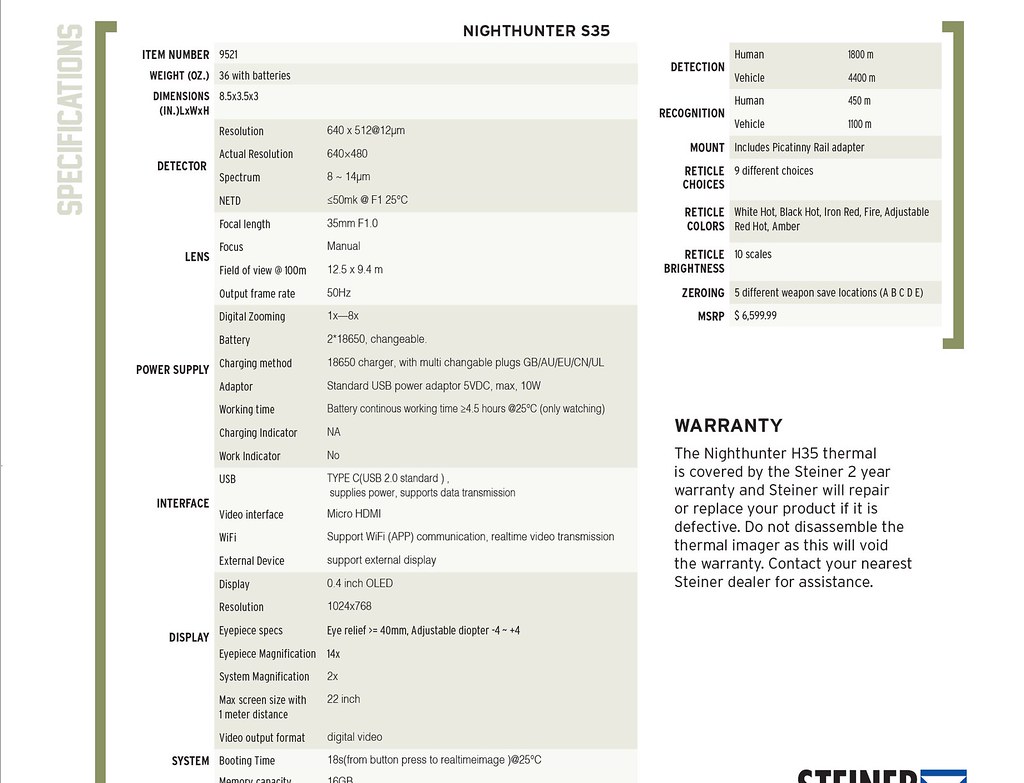Hi I’m brand new to this and would appreciate any help.
I’m looking to hunt raccoons from my house… easy shot out back 100 yards … I will also occasionally hunt coyote. Like max 5 times a year. I live in Ohio…. The terrain for the coyote will be farm fields 500 yards of viewing sometimes more….. woods…. Combination of swamp into woods….the woods and swamp will be thick some viewing only 40 yards in daylight bc of brush etc…..max actual shots will probably be taken out to 150 yards most 50-100
I’m thinking max before tax I’d like to spend 3k…..is it best knowing I won’t actively use the thing a bunch to just get a thermal and tripod like a pulsar talion? Should I get a cheaper thermal scanner and night vision scope. If I really get into it I can always add something later…. Where should I consider starting?
I’m looking to hunt raccoons from my house… easy shot out back 100 yards … I will also occasionally hunt coyote. Like max 5 times a year. I live in Ohio…. The terrain for the coyote will be farm fields 500 yards of viewing sometimes more….. woods…. Combination of swamp into woods….the woods and swamp will be thick some viewing only 40 yards in daylight bc of brush etc…..max actual shots will probably be taken out to 150 yards most 50-100
I’m thinking max before tax I’d like to spend 3k…..is it best knowing I won’t actively use the thing a bunch to just get a thermal and tripod like a pulsar talion? Should I get a cheaper thermal scanner and night vision scope. If I really get into it I can always add something later…. Where should I consider starting?





